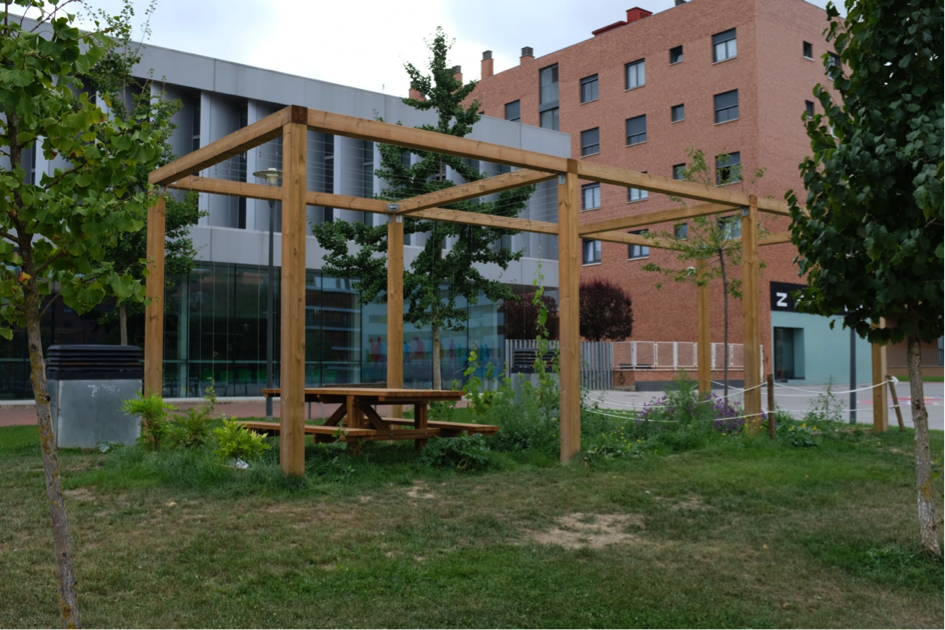Vitoria-Gasteiz is a medium-sized city and the administrative centre of the Basque County located in northern Spain. Although Vitoria is not a coastal city, the climate is suboceanic and relatively humid with approx. 750 millimeters of precipitation per year. With climate change, both more frequent and intense torrential rains and heatwaves are expected, which will challenge the urban infrastructure and human wellbeing. The city has long traditions in engaging with climate and environmental issues and was regarded the European Green Capital Award in 2012. In the 1980’s, the city started its “Green Belt” project, with the aim of increasing the environmental and social qualities of the city for a long time neglected surroundings. An extensive effort was made in nature and wetland restoration, the establishment of parks and hiking trails and to promote local biological diversity. These processes involved a large number of citizens, local stakeholders, organizations and schools, for example in a sub-project with the aim of planting a tree for every inhabitant of the city.
In continuation of the Green Belt, the city launched the Urban Green Infrastructure Strategy in 2014. Its main objectives are to ensure environmental connectivity and to foster local biodiversity, resulting in a green grid throughout the city. To ensure citizen’s support and sense of ownership of the green infrastructure, the city has taken a pilot project approach, which seeks to co-develop and test various solutions at neighbourhood level, starting in the Lakua neighbourhood. In this regard, the establishment of a 9000 m2 horticultural garden on a previously vacant and neglected area is the most successful intervention as the garden is created, organised and operated by local residents, with municipal support. The green infrastructure project inside the city is experiencing more friction as there may be competing objectives (e.g., need for parking lots or financial prioritization of other issues). The level of participation of citizens in the green infrastructure project is quite low. A certain lack of trust in the local authorities is a challenge, and the citizens may have the feeling that the green infrastructure is part of the new green economy aimed at tourism and attracting the interest of international actors, not primarily to improve living conditions in the city. To overcome these barriers, there is a need to reach deeper levels of co-production of the green infrastructure solutions, as well as to rethink green infrastructure to meet the needs and preferences of the residents.
Compiled by the Western Norway Research Institute




